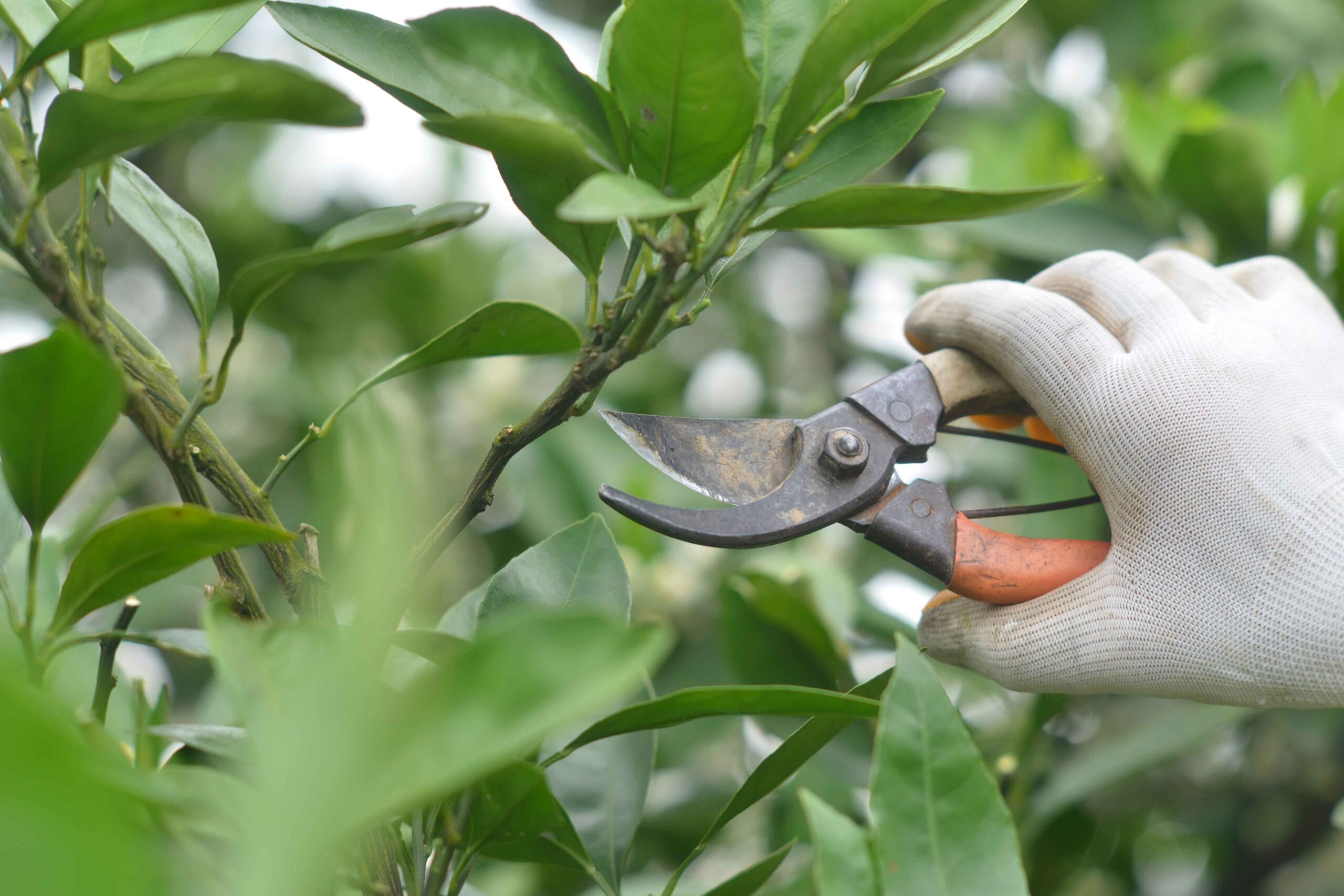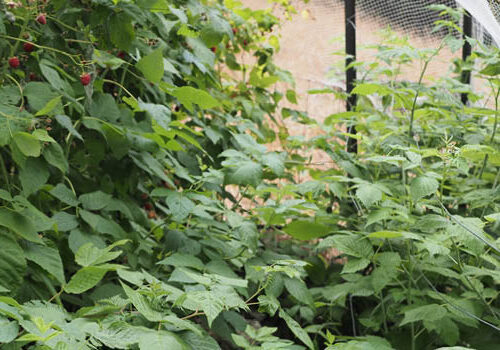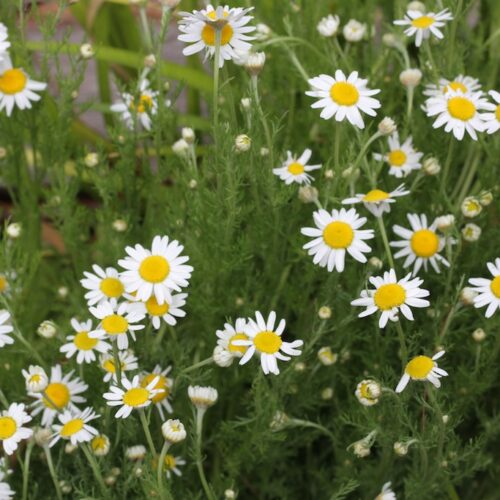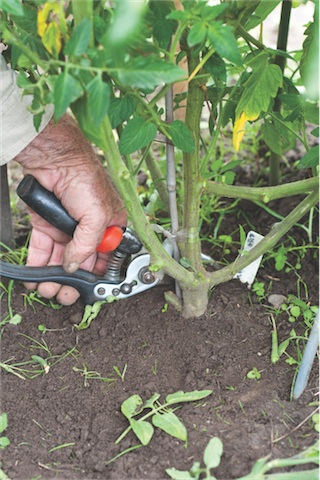Cool-season pruning
2019-05-28T01:27:26+10:00
Before you start pruning, there's a few things you need to consider, writes Justin Russell.
In all but the warmest climate zones, most plants enter a period of dormancy or reduced growth during winter. For this reason it’s a great time to do a spot of pruning. Before you reach for the secateurs and the saw, take a second to evaluate your plants and decide what does and what doesn’t need a haircut.
- Edible perennials such as asparagus, Jerusalem artichoke and Queensland arrowroot can be cut back hard in early winter. Ornamental perennials can also be cut back early in winter, but I think they’re best left standing until late in the season so their seedheads and frost bleached foliage can be enjoyed.
- Cut back autumn-fruiting (primocane) raspberry canes to ground level, and remove the old, spent canes of summer fruiting raspberries and blackberries.
- Chop and drop grasses such as lemongrass and miscanthus, using the clippings as mulch.
- Shape deciduous fruit trees once they have dropped their foliage. Remove dead or diseased wood, crossing branches and any branches that are poorly placed.
- Avoid pruning evergreen shrubs in areas prone to frost. Pruning stimulates new growth in these plants, and tender young foliage can be burned in subzero temperatures.
For more about pruning citrus trees read Phil Dudman’s award-winning article.





-500x500.jpg)
